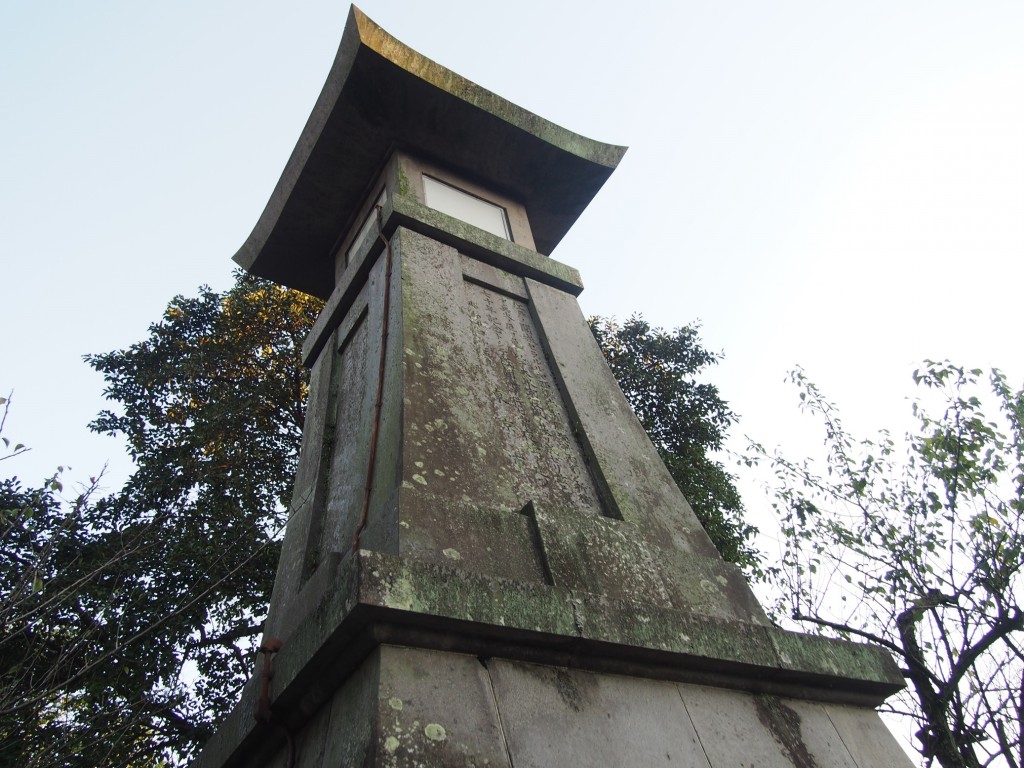I went to Nanshu Shrine commemorates Saigo Takamori (1828-1877) and his supporters who died in Satsuma Ribellion (1877). The rebellion is the last domestic war in Japanese history. Why does the park is called “Nanshu”. Actually, it is Mr.Saigo’s pen name. I think that Mr.Saigo was sure they will never win against the new Meiji governments with cutting-edge modern weapons. I really wonder why he dared to sacrifice his life and what did he wanted to tell future generations…
CONTENTS
Shrine Gate
We came to Nanshu Shrine at the evening. There were many stone tombs at the back of the shrine gate.
God of Nanshu Shrine
The Nanshu shrine worships, of course, Saigo Takamori, a hero in Japanese history. At first the shrine was originally tomb for those who died during the Satsuma Rebellion. But many worshipers have kept visiting the tomb and paid respects to Mr.Saigo and his supporters, the shrine was built on 1880 and Mr.Saigo becomes the God of the shrine.
Incidentally, Mr.Saigo changed his name more than 10 times during his life!
When he was banished to the remote island of Okinoerabu, he used the name of “Nanshu”.
Tombs for Satsuma Soldiers
I was very impressed by the fact that many of soldiers died at the age of late twenties and early thirties. I really wonder why they could stick to their believes to the extent which they lose their lives in the war. Sometimes I feel bothersome to go for vote in election. I felt very ashamed of myself. Many famous soldiers tombs surrounds that of Mr.Saigo as if it has still kept protecting their leader. Surprisingly, one soldier came from Akita Prefecture to participated in the rebellion to die for Mr.Saigo. The fact implies that many people respected Mr.Saigo.
Historical Museum of Mr.Saigo “Kensho-Kan”
You can get detailed information of Mr.Saigo’s life at the historical museum “Kensho-Kan”, which is just beside of his tomb.
Mr.Saigo is the hero of Meiji Restoration. Because of his achievements, the Edo military government surrendered to new Meiji government without any actual battle in 1868. The design of the museum represents the event or “Opening the Edo castle”. 🙂
(Entrance fee: 200 yens for adult, 100 yens for child)
Mr. Saigo saved a lot of lives of innocent citizens in Tokyo. In order to express the gratitude, Tokyo City sent a monumental stone tower to Kagoshima in 1936.
Thanks sentences are written on the stone tower. How great Mr.Saigo is!
Sacred Stamp of Nanshu Shrine
I received the sacred seal of Nanshu Shrine. I took the memorial picture in front of the shrine building.


Like Mr.Saigo, I hope to be a person who is respected by many people. I will brush up myself to become a person of integrity.
Mt.Sakurajima viewed from Nanshu Shrine
It was the sunset time and the volcano Sakurajima turns red and was very beautiful! I had this wonderful view from the park next to the Nanshu Shrine.
Following picture was taken at the time of Seinan Rebellion.
Mr.Saigo must have watched the similar view of volcano Sakurajima and future of Japan during the last battle of the Seinan Rebellion.
Many people enjoyed walking and talking at the park when I visit there. It was very peaceful.
It was October and the middle of the autumn season in Kagoshima when I visited the park. The maidenhair tree was very beautiful! Wonderful!
Video of Mr.Sakurajima from Nanshu Shrine
Watch and enjoy!
Access to Nanshu Shrine
Entrance Fee
Free of charge
Access
If you come to the shrine by bus, please drive carefully because the roads are narrow. There is a small restaurant in the shrine, but be minded that there are not so many restaurant except for a convenience store Family Mart.
・17 minutes by car from Kagoshima Chuo Station.(There is a free parking lot)
・Take “Kagoshima City View Bus” and get off at “Saigo Nanshu Park Entrance” and walk for 6 minutes.
Map
Shrine











